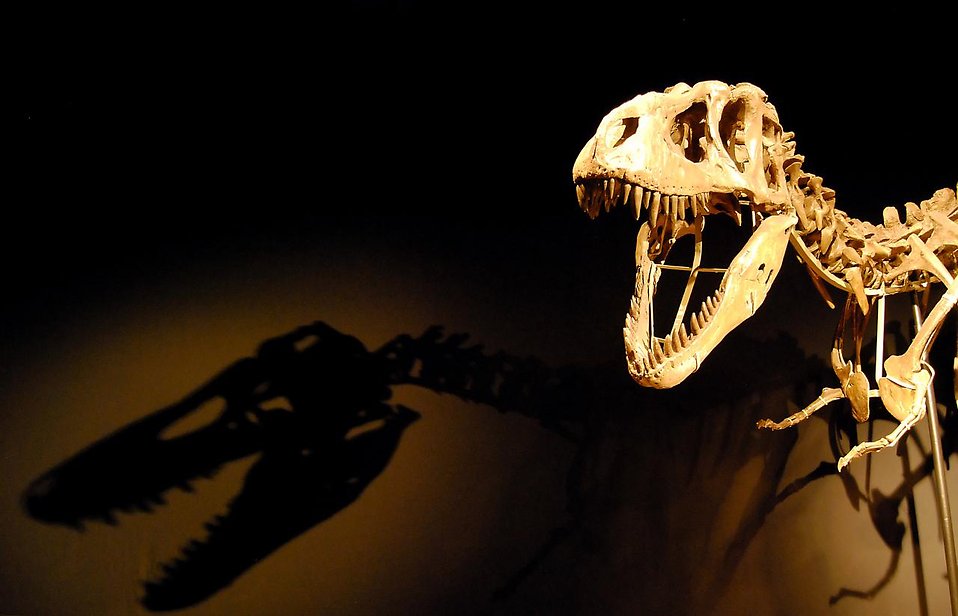New simulations from Imperial College London reveals that the gigantic lizards of old had the worst possible luck when the asteroid hit.

The team’s work shows that the asteroid hit our planet at an angle of around 60 degrees, an incidence angle that caused the largest possible quantity of climate-altering gases to be released into the atmosphere. The impact vaporized billions of tons of sulfur, the team estimates, which blocked incoming sunlight and effectively plunged the Earth into a nuclear winter that killed 75% of life on the planet.
Hard-hitter
“Our simulations provide compelling evidence that the asteroid struck at a steep angle, perhaps 60 degrees above the horizon, and approached its target from the north-east,” says Professor Gareth Collins, of Imperial’s Department of Earth Science and Engineering, lead author of the paper describing the findings.
“We know that this was among the worst-case scenarios for the lethality on impact, because it put more hazardous debris into the upper atmosphere and scattered it everywhere — the very thing that led to a nuclear winter.”
The team used 3D impact simulations and geophysical data recovered from the site of the impact, now known as Chicxulub, to piece together the 66 million-year-old event.
They looked at the subsurface structure and shape of the impact crater and then simulated impact scenarios to see what combination of angle and direction would create a site that matched with Chicxulub. By using rock cores drilled from the crater, they could gauge the forces generated by the asteroid impact, helping them better control the simulation scenarios.
Another key piece of information was obtained by comparing the geometry of the crater to subsurface structures some 30 km beneath the crater. The relationship between the two — both created by the impact — helped the team estimate the direction of the impact and the incoming angle. These two structures were aligned in a southwest-northeast direction, the authors found.

Image credits Demetia / Flickr.
Simulated impacts at an angle of 60 degrees reproduced all of these observations almost exactly, they add.
That the upper geological layers around the Chicxulub crater (in present-day Mexico) contain a large amount of porous carbonate rocks, evaporite rocks, and are rich in water. Under the extreme conditions created by an asteroid impact, such rocks would have decomposed to release immense quantities of carbon dioxide, sulphur compounds, and water vapor into the atmosphere.
Sulphur, in particular, has a very strong and quick-acting cooling effect on climate (that’s why large volcanic eruptions can create cold stretches of time). Sulphur aerosols block incoming sunlight, which not only reduces the amount of heat incoming to the surface but also interferes with photosynthesis. The combination of climate upheaval and lack of food then leads to massive extinction events.
The incoming angle of 60 degrees was the worst possible scenario seen in the simulations, as it maximized the transfer of energy from this impact into adjacent rocks — in other words, it was the perfect angle to throw as much of them into the atmosphere as possible.
“Large craters like Chicxulub are formed in a matter of minutes, and involve a spectacular rebound of rock beneath the crater,” says co-author Dr. Thomas Davison, also of Imperial’s Department of Earth Science and Engineering. “Our findings could help advance our understanding of how this rebound can be used to diagnose details of the impacting asteroid.”
The team hopes that their findings can help us better understand why the impact proved so deadly and that they can help us better piece together the characteristics of past impact events and the asteroids responsible for them just by looking at the craters they formed.
The paper “A steeply-inclined trajectory for the Chicxulub impact” has been published in the journal Nature Communications.









